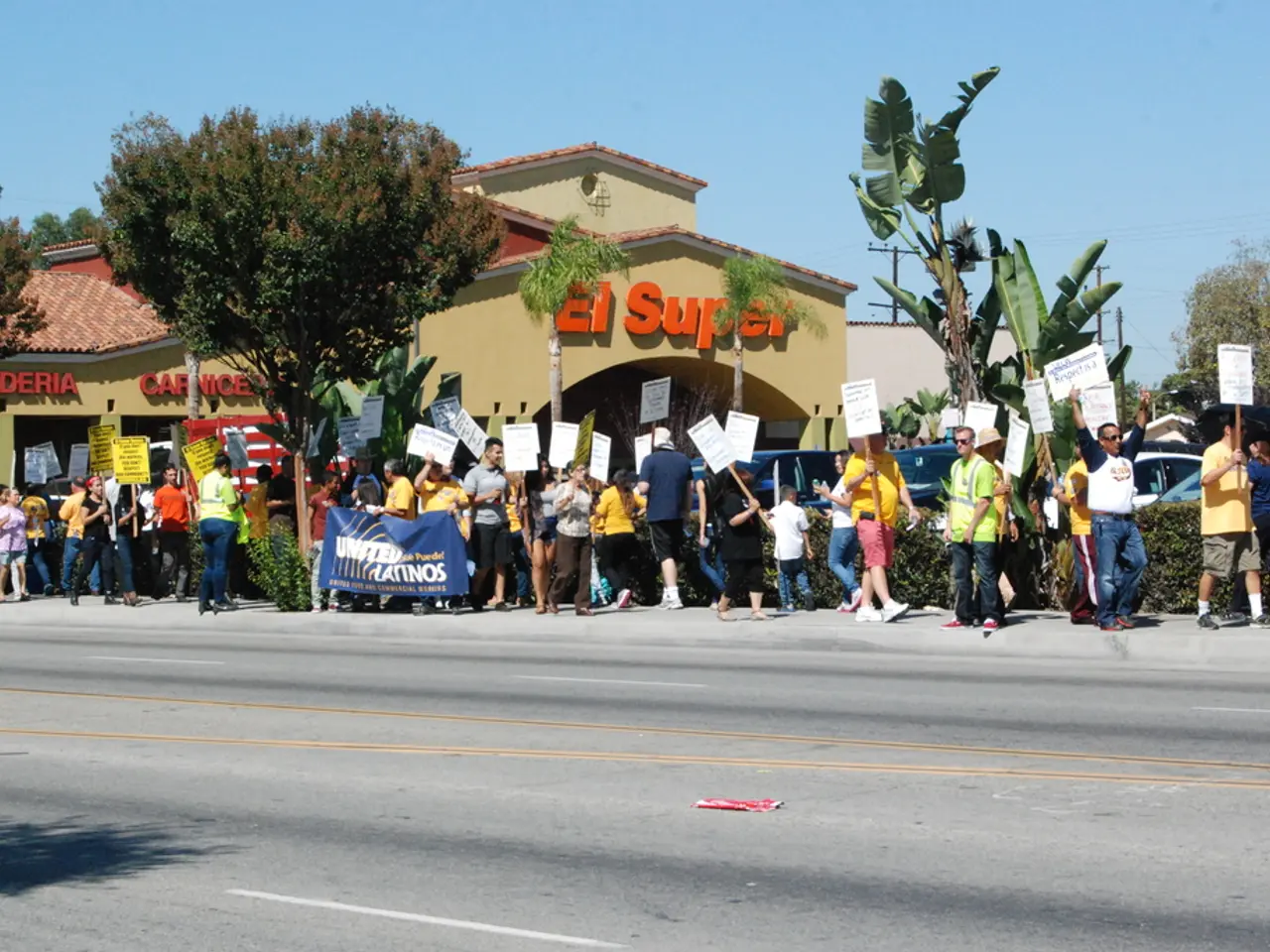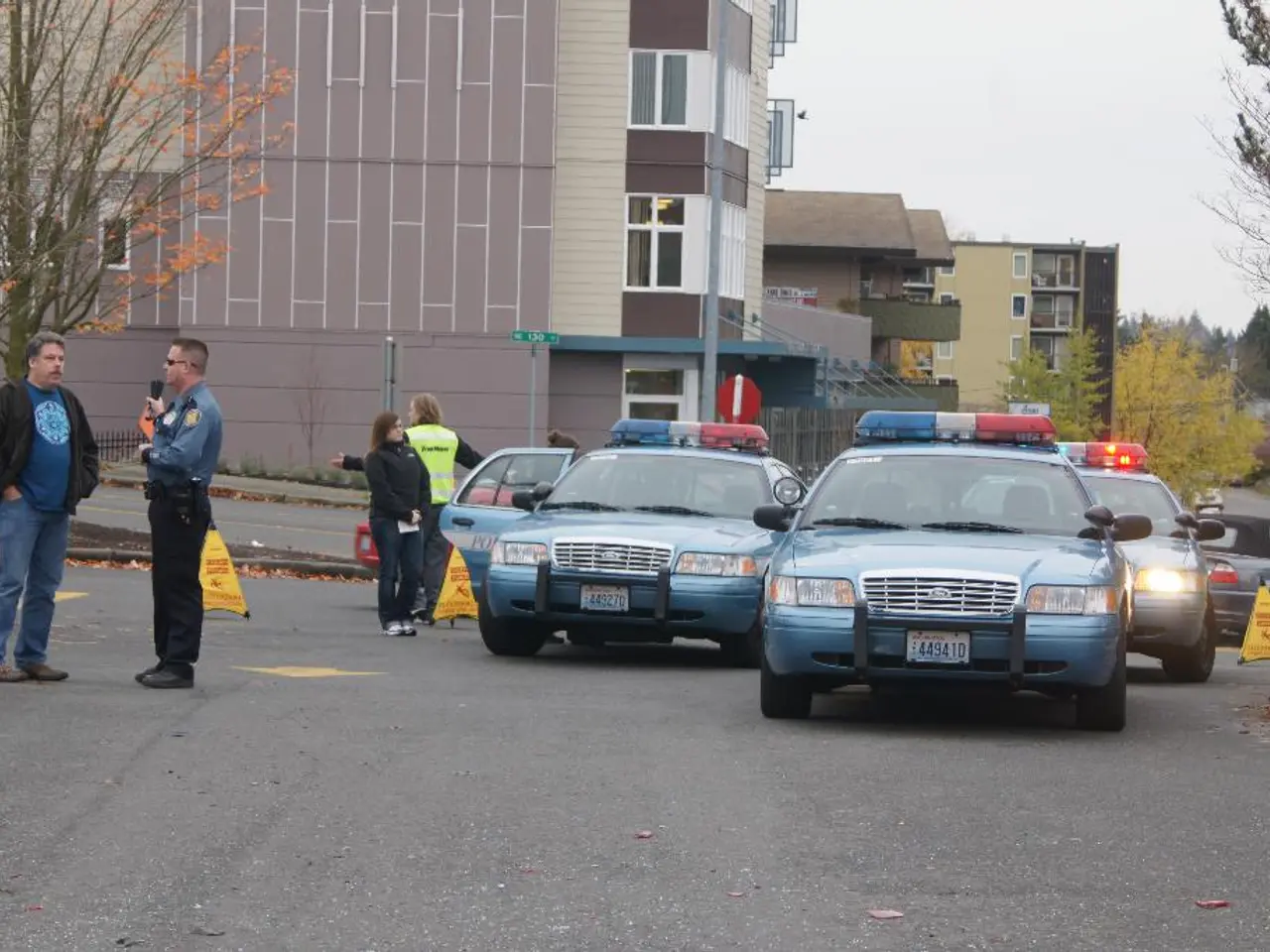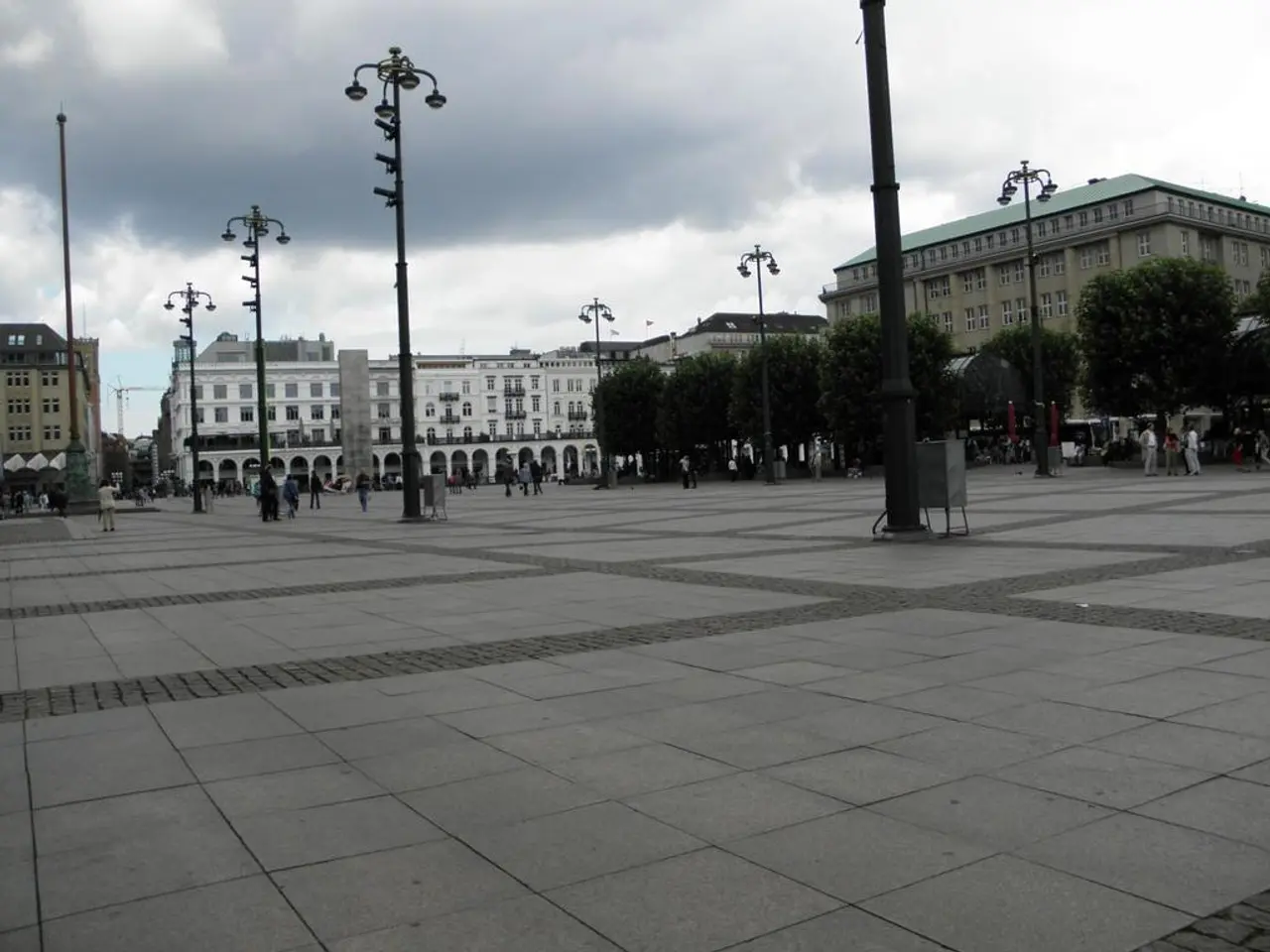Criticism leveled by Kachelmann akin to harsh pelting rain
In the Rems-Murr district, hail suppression flights have been a part of the landscape for some time now, with 14 flights taking place this year alone. The district administration is investing 50,000 euros into these flights until 2026, hoping to reduce damage to agriculture, cars, and buildings from potential hailstorms. However, the effectiveness of hail suppression methods, particularly cloud seeding, remains a subject of debate.
The theory behind hail suppression is that it prevents large hail and reduces damage potential. This is achieved by using silver iodide particles, which act as crystallization points for small hailstones. Yet, scientific evidence for its effectiveness is inconclusive. While some studies suggest cloud seeding can reduce hail damage by reducing hailstone size or slightly increase precipitation under specific conditions, robust, statistically significant proof of reliable effectiveness is lacking.
Decades of research, including evaluations by the US Government Accountability Office (2024) and the US National Research Council (2003), have found mixed or limited results on cloud seeding's efficacy. Some studies note a possible maximum precipitation increase of about 3–20% under optimal conditions, but these effects are small relative to natural storm variability. Hail suppression has been attempted with silver iodide seeding and other techniques, but reliable control of hailstorms or hail size reduction on a broad scale remains unproven scientifically.
It's worth noting that hail suppression methods differ fundamentally from homeopathy in scientific basis. Homeopathy, like hail suppression, is a topic of controversy, with its effectiveness also being questioned. The former health minister, Karl Lauterbach, proposed 20 to 50 million euros for homeopathy in 2024, which he considers ineffective.
Critics of hail suppression, such as meteorologist Jörg Kachelmann, accuse hail suppressors of being reckless, full of criminal energy, and pursuing a fraudulent model. Kachelmann's criticism of the Rems-Murr district council's actions is expressed on the short message service X. However, scientific critics are more restrained in their criticism, stating that it is unknown whether a region would have been spared hail damage without silver iodide "vaccination".
Peter Schwab, who is likely involved in the Rems-Murr district's hail suppression decisions, could not be reached for comment. The district is facing financial constraints, and cuts to school transportation and the district hospital are being considered. Despite these challenges, the district continues to invest in hail suppression.
In summary, while hail suppression methods have some scientific plausibility, they lack conclusive proof of consistent, significant effectiveness. They differ fundamentally from homeopathy in scientific basis. Public funding tends to support research and cautious operational use but acknowledges the uncertain outcomes. The debate surrounding hail suppression is likely to continue as more research is conducted and results are analysed.
References:
[1] National Academies of Sciences, Engineering, and Medicine. (2003). Weather Modification. Washington, DC: The National Academies Press.
[2] National Research Council. (2003). Weather Modification: An Assessment of the Status of the Art. Washington, DC: National Academy Press.
[3] National Research Council. (2018). Weather and Climate Engineering: A Guidebook. Washington, DC: National Academies Press.
[4] North American Weather Modification Council. (n.d.). About Us. Retrieved from https://nawmc.org/about-us/
The investment in hail suppression methods by the district administration aims to mitigate potential damage from hailstorms to agriculture, cars, and buildings, given the weather conditions. However, the effectiveness of these methods, particularly cloud seeding, remains debatable, as there is limited conclusive evidence supporting their consistent, significant effectiveness.








